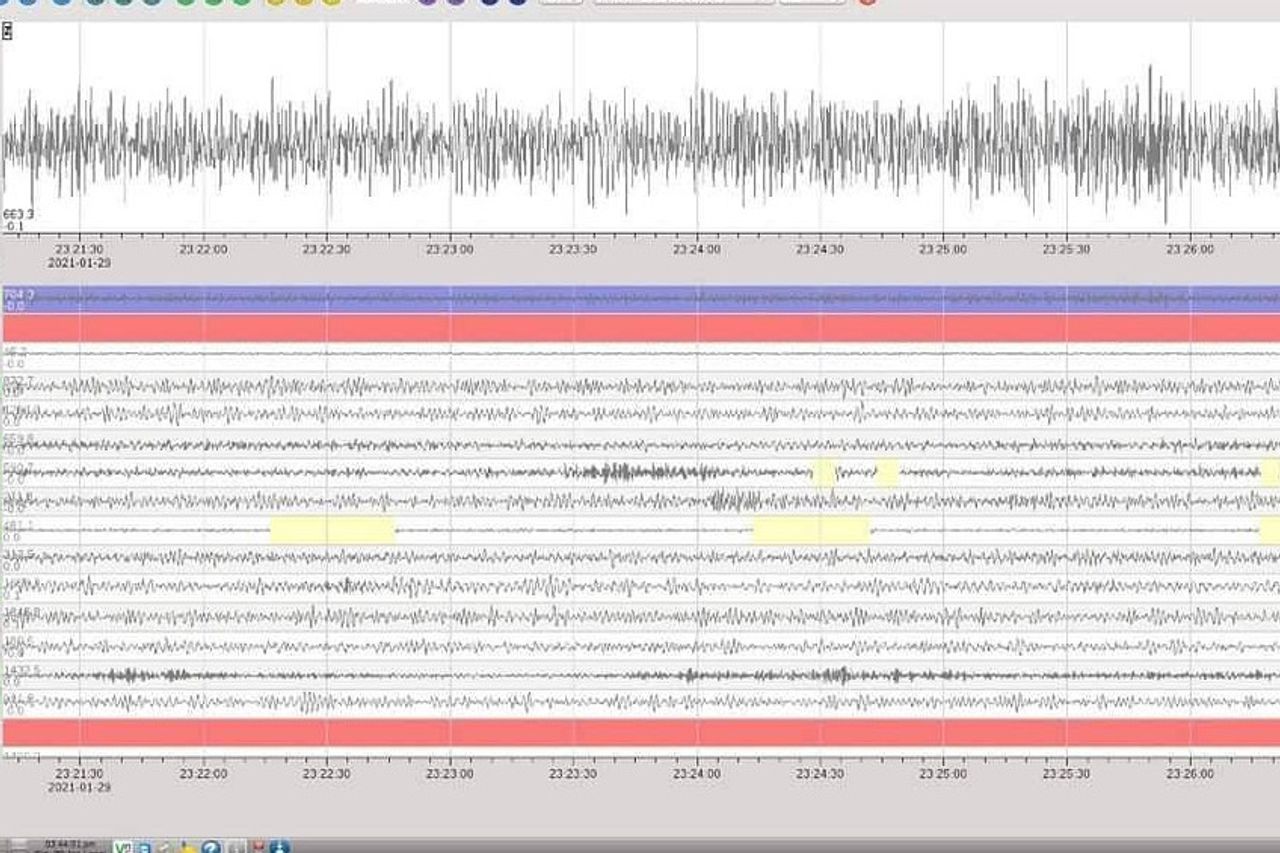There Was A Roar In Malang, Where Did It Come From?

JAKARTA - There was a boom in Malang, East Java. Many are wondering where this thumping sound came from?
"Krungu (hear) the sound of a thump or not?" Thus tweeted the Twitter account of Malang City BPBD, quoted by VOI, February 3 in the morning.
The admin Twitter BPBD Malang, an hour later, tweeted about the origin of the crash sound in Malang.
"Mimin still can not predict where the sound of the thud came from, this is still digging for information from colleagues in other regions, please take time, all of us, all of us pray together, hopefully safety will always be given", said BPBD Malang info.
Roar everywhere
Mateorogical, Climatological, and Geophysical Agency (BMKG) Head of Earthquake and Mitigation Division, Daryono, previously released data on a number of explosions in several regions in Indonesia.
On Saturday, January 30, the BMKG earthquake sensor recorded a seismic anomaly when a rumbling sound appeared in Sukabumi.
This roar was heard by residents of Ciherang Village, Cijangkar Village, Nyalindung District, Sukabumi on Saturday, January 30, at around 19.00 WIB. The residents felt two tremors before a roar appeared.
The results of BMKG monitoring of several seismic sensors in the Sukabumi Regency area, West Java, continued Daryono, showed anomalies of seismic waves when residents reported roaring sounds.
It was clear that there were seismic records that occurred from 19.00.36 WIB to 19.00.43 WIB. The duration of the seismic recording is quite short, only 7 seconds.
This seismic anomaly appears as low frequency waves (low frequency). At first glance, the seismic waveforms are similar to recorded landslides or ground motions. The natural phenomenon of land movement is indeed common, causing a roar that can be heard by residents around it.
Then on the same date, January 30th, there was a boom in Surabaya. Daryono via his Instagram account daryonobmkg
posted a screen shot of the closest WGJM seismogram in Surabaya at 06.21-06.27 WIB. At that time, many residents heard the boom in Surabaya. It appears clear that no seismic anomalies or events are recorded.
Roar were also heard in Bali on January 24. According to Daryono, BMKG will immediately check the seismic signal, especially the seismic signal from sensors in the Bali region.
BMKG monitoring results showed a defective seismic signal anomaly on the Singaraja seismic sensor (SRBI) at 10:27 WITA.
If we try to determine the magnitude of the seismic signal using the formulation for determining the amplitude of the earthquake waves, it will produce a local magnitude of 1.1.
As additional information, since 08.00 to 12.00 WITA there has been no earthquake activity in the Bali area. So that it is certain that the seismic wave anomaly is not tectonic earthquake activity.
